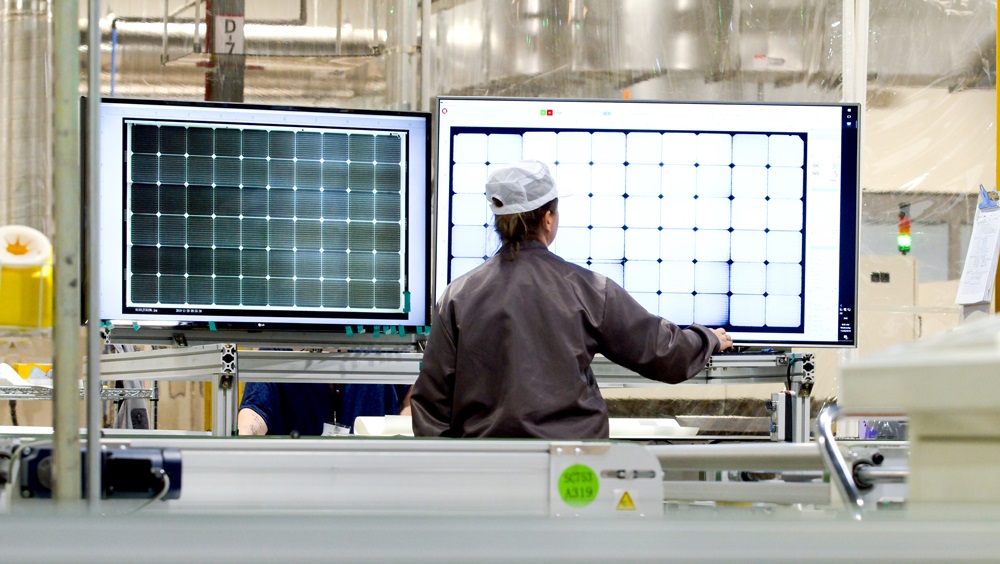Several emerging solar panel technologies were showing promising advancements in the field of renewable energy. While there may have been further developments since then, some of the new solar panel technologies that were gaining attention at that time included:
- Perovskite Solar Cells: Perovskite solar cells are a type of thin-film solar cell that has the potential to achieve high efficiency at a lower cost compared to traditional silicon-based solar cells. These cells are made of a special class of materials called perovskites, which can be processed using low-cost methods such as printing or coating.
- Bifacial Solar Panels: Bifacial solar panels are designed to capture sunlight from both sides of the panel, increasing the overall energy generation. These panels can utilize light reflected from the ground or surrounding surfaces, enhancing their energy production capabilities.
- Thin-Film Solar Cells: Thin-film solar cells are made by depositing one or more thin layers of photovoltaic material onto a substrate. These cells have the potential to be lighter, more flexible, and less expensive to produce than traditional silicon-based solar cells, although their efficiency is typically lower.
- Concentrated Solar Power (CSP): Concentrated solar power systems use mirrors or lenses to concentrate a large area of sunlight onto a small area, typically a highly efficient solar cell. This technology allows for the generation of electricity on a large scale, making it suitable for utility-scale solar power plants.
- Tandem Solar Cells: Tandem or multijunction solar cells combine multiple semiconducting materials with different bandgaps to capture a broader range of the solar spectrum, increasing overall efficiency. This technology has the potential to achieve higher efficiency levels compared to traditional single-junction solar cells.
- Organic Photovoltaics (OPV): Organic photovoltaics are a type of thin-film solar cell that uses organic materials to generate electricity from sunlight. OPVs have the potential to be lightweight, flexible, and cost-effective, although their efficiency is currently lower than that of traditional silicon-based solar cells.
These technologies continue to undergo research and development, aiming to improve efficiency, reduce costs, and expand the applications of solar energy in various industries. For the most recent advancements and developments in solar panel technology, it is advisable to refer to updated research publications, industry reports, and news from reputable sources and research institutions.


